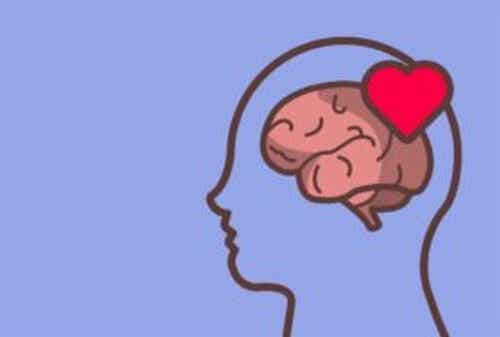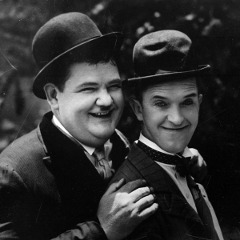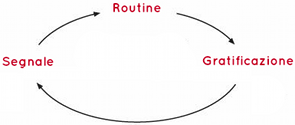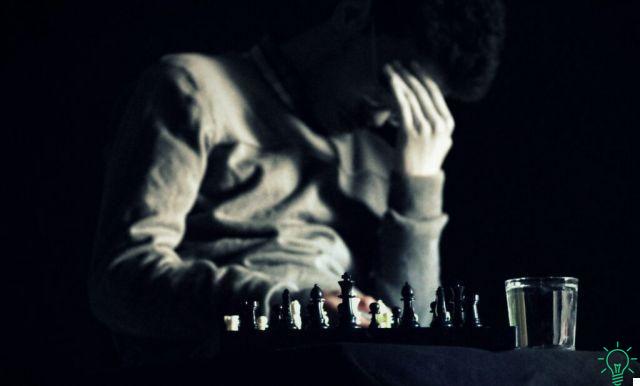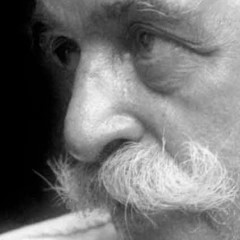Stopping the mental chatter is essential to free ourselves from tension and stress and to achieve inner peace. These simple exercises will help you not to think.

Last update: 17 November 2021
The art of not thinking, how many times have we wanted to pause our thoughts? How many times have we wanted to stop our minds, hit the pause button and enjoy a few minutes of peace?
It is a desire shared by many people, especially with a tendency to anxiety; this is because they may feel overwhelmed by intense and constant thoughts that psychologically impoverish them.
Thinking too much can be a big burden and a significant limitation in many areas of life. Not only does it plunge us into perennial doubt and indecision, it also raises our stress levels and hinders our social relationships.
Is the art of not thinking possible?
As exhausting as mental chatter may be, not thinking about anything is practically impossible.
However, it is possible to focus attention on a specific aspect, so that you can change the activity of the cerebral cortex and thus get some rest.
One tries to achieve this with practices such as mindfulness or meditation. When a person is invited to free their mind, it is actually urged to regulate the flow of thought, to focus it deliberately and to let pass all the intrusive ideas that appear during the practice of this exercise.
For most of us, it's not easy. We live in a hectic society, in an environment full of stimuli, and we have become accustomed to the content of our frenetic and chaotic mind.
However, we can perform some simple exercises for slow down this activity and rediscover the long-awaited inner peace.
Exercises that help not to think
Mindful breathing
One of the most useful practices for those new to the art of not thinking, as it is relatively easy to implement. The aim is to inhale and exhale with a certain cadence, so that all attention is paid to the flow of air that enters and exits from the body.
Before proceeding with conscious breathing, you need to find a quiet place to be alone and without interruption. It is advisable to wear comfortable clothes that allow the natural movements of the body during breathing, finally close your eyes. You can sit or lie down with your back straight.
Then, put your left hand on your chest and your right hand on your abdomen. Breathe air into your lungs and bring your belly in. As you exhale, slowly release the air as your stomach swells.
A certain cadence can be used, so that each of the phases (inhale, hold the air, exhale) last four seconds each.
Body scan
Another simple exercise we can do before going to bed. It consists of lying on your back, closing your eyes and start focusing on every part of the body while. We can start from the feet and go up or proceed in reverse starting from the head.
Try to identify if in any part of the body there is tension, pain, what sensations. You can also contract the muscles of the affected region for a few seconds and then loosen them. At the end of the exercise you will have reached a state of great physical and mental relaxation.
The art of not thinking: visualization
Since it is not possible to eliminate mental contents, why not deliberately choose one that is pleasant and positive, that conveys calm and well-being? This is the visualization; vividly and sustainably imagine a beautiful and pleasant scene.
We can visualize a field, a beach, dolphins jumping into the ocean… The secret it is getting involved in it with the five senses: which colors predominate in the landscape? What does it smell like? Can you feel the breeze? This exercise is very useful for focusing attention.
Meditation and awareness
The art of not thinking also makes use of meditation and awareness. If you are a beginner, you can help yourself with guided meditations on the internet or take a course, in order to be guided.
On the other hand, awareness can be a part of one's day at any time. That's enough focus on the activity that is taking place, whether it is cooking, showering or talking to a friend.
Stay focused on the present and your feelings; when the mind wanders into the past or the future, it will have to be gently brought back to the here and now.
The art of not thinking
Although the above tips are relatively easy to adopt, not thinking is really an art. It requires patience, persistence and persistence.
With practice, it will become more and more natural to enter that state of calm and tranquility and intrusive thoughts will subside. A few minutes a day can make a difference, reduce stress and increase psychological well-being. Why not get started today?





